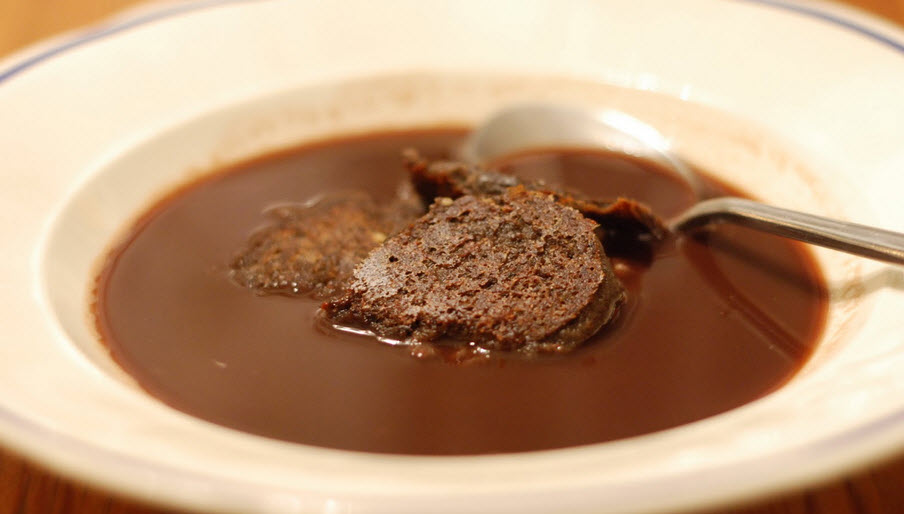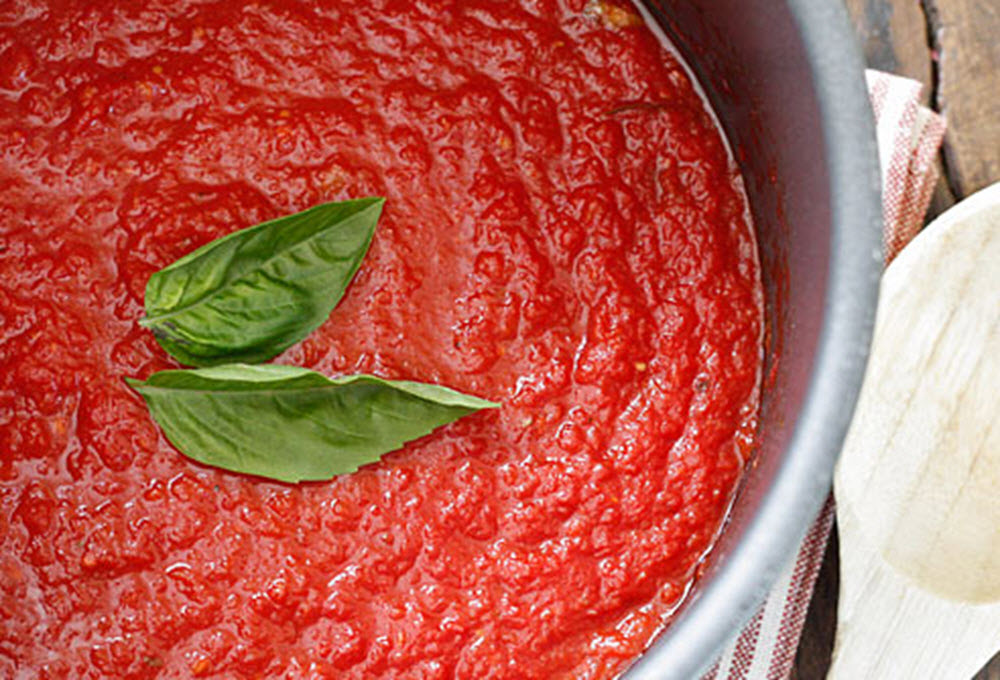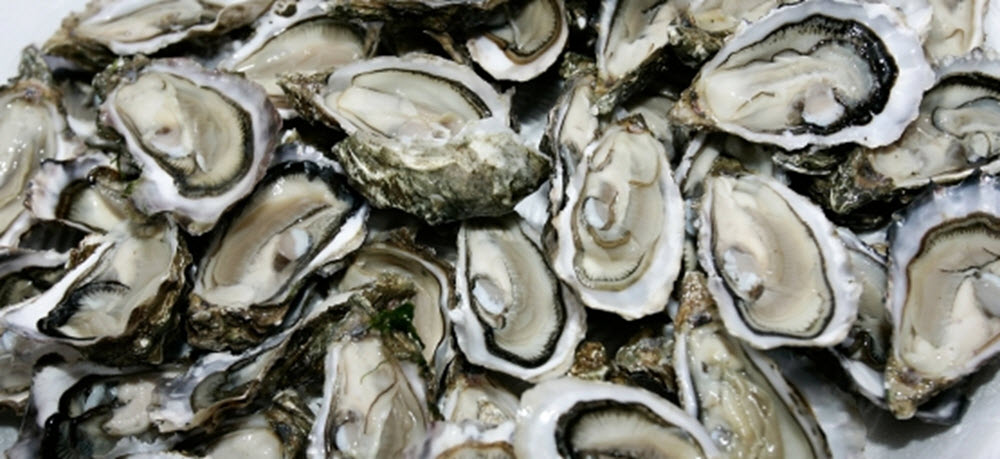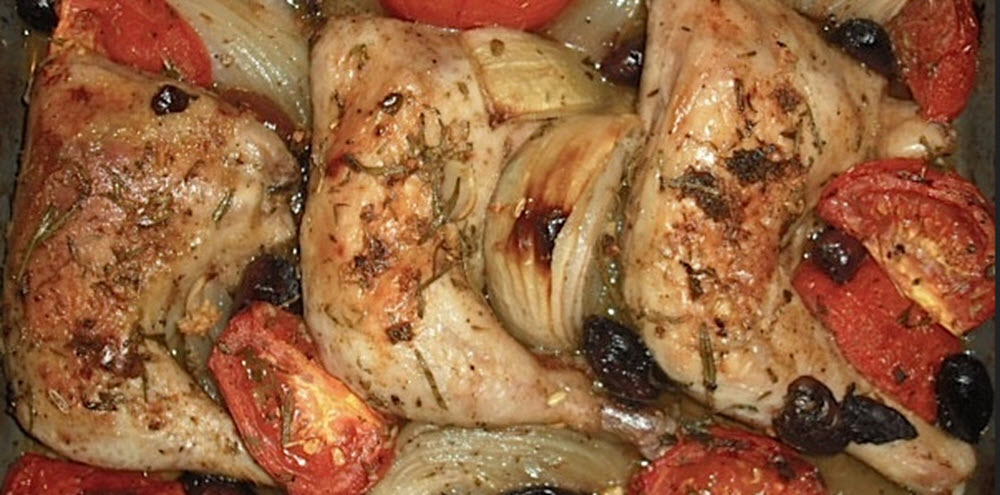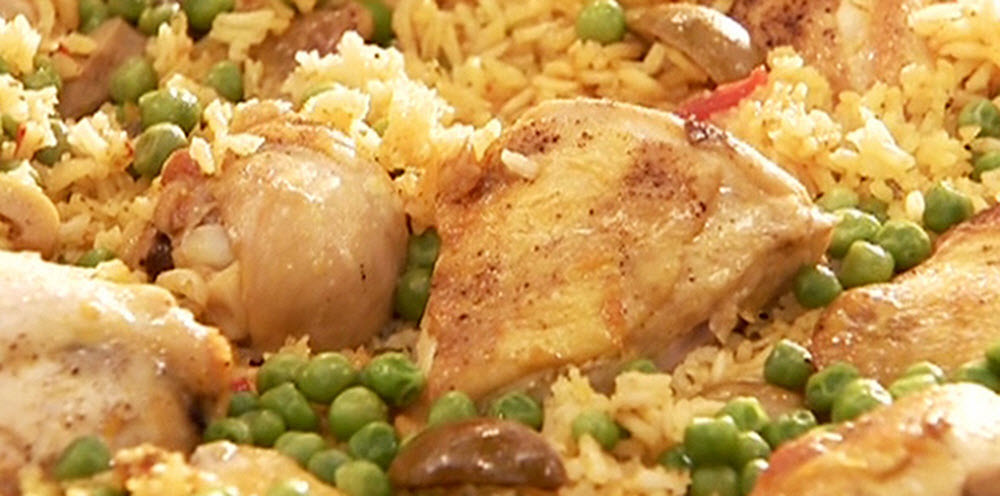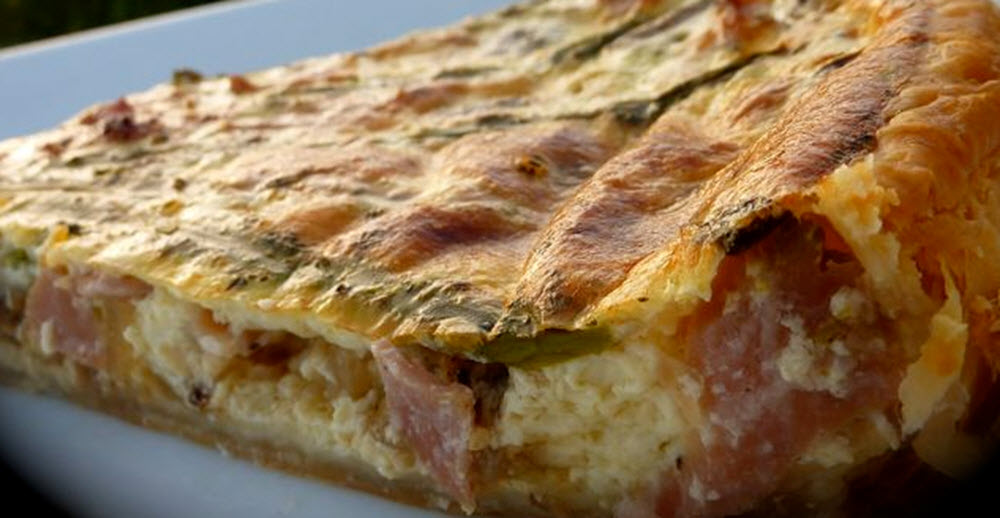Svartsoppa (“Black soup”) is a soup made from goose blood and eaten at the traditional Mårten Gås dinner in southern Sweden on November 10. Nowadays, it is strongly associated with the Swedish province of Skåne (Scania).
Svartsoppa (Black soup) recipe
Ingredients (serves 2)
- 10 centiliters of blood (preferably goose blood, or a combination of goose and pork blood)
- 1 centiliter of vinegar
- ½ teaspoon of all-purpose flour
- 4 ½ liter stock or diluted dripping
- ¼ teaspoon of thyme
- ¼ teaspoon of black pepper
- ¼ teaspoon of powdered cloves
- ¼ teaspoon of powdered ginger
- ¼ teaspoon of powdered cinnamon
- 4 centiliters of pureed prunes and/or apricots
- 2 centiliters of black currant gell
- ½ tablespoon of brown sugar
- 2 ½ centiliters of red wine
- 1 teaspoon of port wine or sherry
- ½ teaspoon of cognac
Instructions
- Whisk together blood and vinegar. Stir in the flour gradually to avoid any flour clumps. Set aside.
- Heat up the stock or diluted dripping together with all the spices, purred fruit and black currant gell for 15 minutes.
- Slowly add the blood mix to the stock while whisking vigorously. Avoid boiling.
- Remove the soup from the heat. Strain if necessary.
- Add sugar, wines and cognac. Taste, and adjust to taste.
Serve with boiled goose neck and wings, and goose liver sausage. Garnish the dish with boiled plums, apricots and apple slices.
About svartsoppa
Many different cultures have traditional recipes for soup made from blood, except those where religious or cultural taboos have prevented the use of blood as food. Today, these old recipes have fallen out of favor in many countries, but in Scania in southern Sweden the tradition of eating goose blood soup on Saint Martin’s feast day in November has been kept alive.
During the renaissance, svartsoppa was a popular dish in large part of Scandinavia – it was a festive food that was eaten any time of year, provided you had access to blood. Today, it is chiefly served as a part of the Saint Martin celebrations in Scania. The Feast Day of Saint Martin falls on November 11, but in Scania it is more common to celebrate on the eve of Saint Martin, i.e. November 10.
The Saint Martin celebration somewhat surprisingly managed to survive even after the reformation when Catholicism became illegal in Sweden, perhaps because the feast day was an important date for the agricultural year – fairs were held and the yearly labor contracts for agricultural workers ended.

